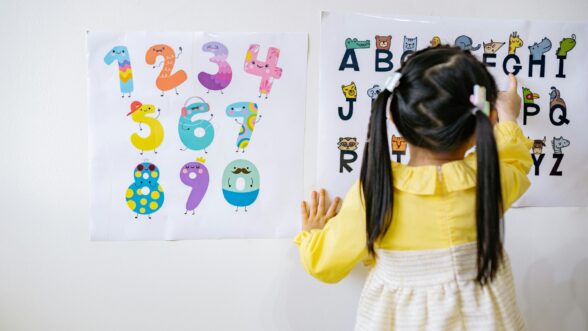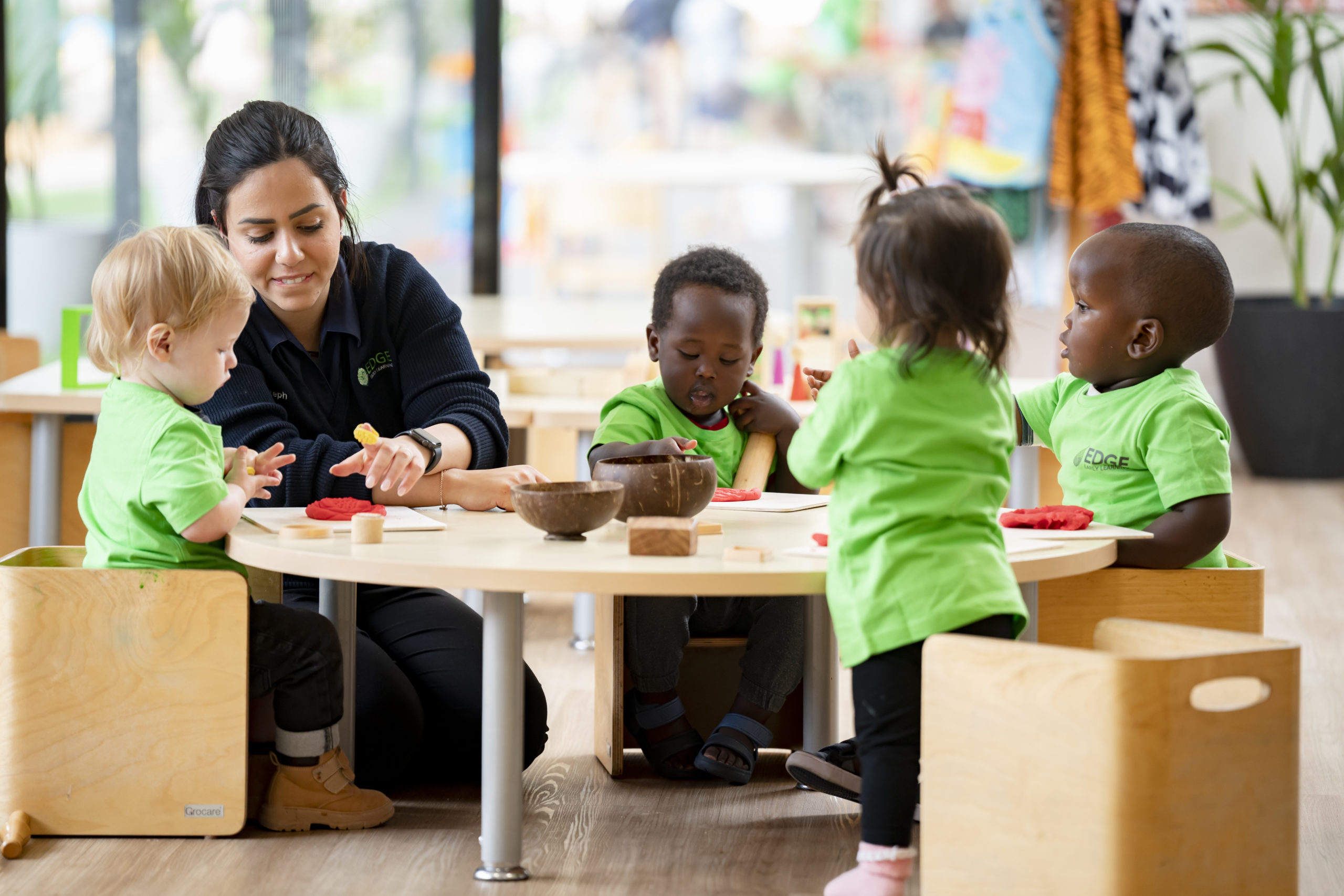
Education, Parenting Resources
Education
08 May, 2025

Remember the salty smell of playdough from your childhood? And maybe even the taste? (Although we certainly don’t recommend you eat it – eeeeww!) There’s a reason why playdough is still so popular with kids – and educators. Playdough is great for open-ended play and excellent preparation for writing.
Here’s why we love playdough…
It encourages creativity: Kids can poke, pinch, pull and press playdough into any shape they like. They can develop their imaginations by pretending the playdough is something else, perhaps a house or a cow.
Develops finger strength: All that squeezing, squashing and kneading works the hand and finger muscles kids need to give them the strength and stamina to hold a pencil when they start drawing and learning how to write.
Develops fine motor skills and hand-eye coordination: Rolling snakes and little balls and pressing small details onto their shapes helps children to develop fine motor skills. There’s even plastic scissors, especially for cutting playdough, so kids can practice that movement before they’re ready for sharp blades.
Teaches maths: Playdough is a great way to introduce children to early maths concepts like shapes, counting, measuring and even fractions. Children can count how many balls they make, use cookie cutters to cut out squares, triangles and circles or cut a cake in half or quarters. They can press playdough into measuring cups or spoons or help measure ingredients to make a batch of playdough at home.
Explores textures: Use household items to create different textures, for example, a rolling pin makes a smooth texture, while a fork creates bumps. You can even add raw spaghetti spikes. Other fun items to explore include toy cars or trucks, milk bottle lids or a potato masher. Sticks and leaves can make interesting imprints too.
Practices mindfulness: Concentrate on the feel of the dough and just enjoy it.
Ignities the senses: You can add herbs, spices or essence to create scented playdough. Try ginger, cinnamon, rosemary or an essence such as vanilla, orange or peppermint. Remember to ensure they are edible just in case playdough does end up in little mouths.
Teaches colours: It’s definitely more fun to create with more than one colour. And kids will inevitably mix them together. Give them just one colour first, then add another when their interest wanes. Be sure to tell them what colours they’re using and show them what happens when you mix two together, for example, using blue and yellow to make green.
2 cups plain flour
4 tbsp cream of tartar
1 cup salt
2 tbsp cooking oil
2 cups water
food colouring
Mix all ingredients in a saucepan.
Stir over medium heat for 3-5 minutes or until the mixture congeals.
Tip: Halve the recipe and make two smaller batches so you can have two colours/scents.
For more educational activities, visit our News and Advice page!